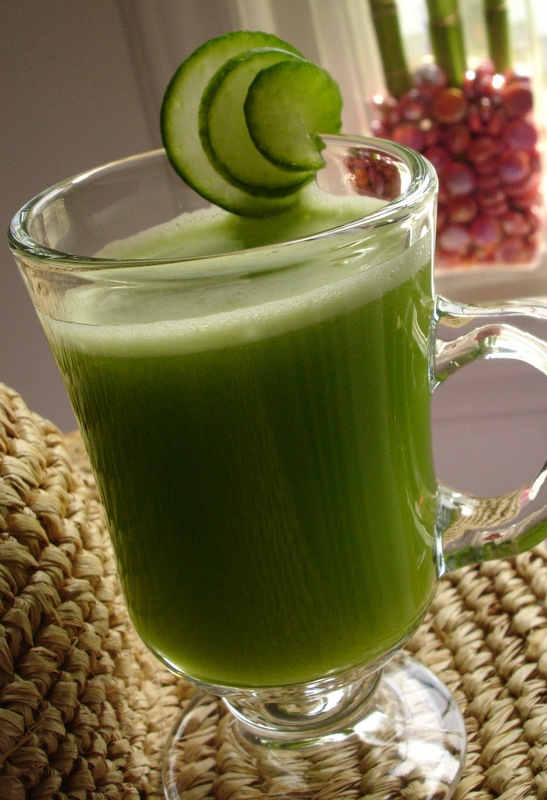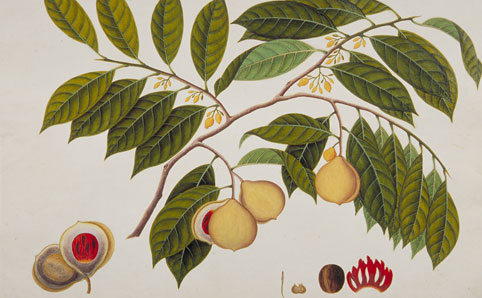
by admin | Mar 4, 2014 | Skin Health
Acne is the most common skin problem, and it requires an integrated approach in order to avoid supplement toxicity while attaining the desired clinical results. Effective approaches for mild to moderate acne include nutritional supplementation, topical treatments,...
by admin | Mar 3, 2014 | Sponsor
Introduction Pyrroloquinoline quinone (PQQ) is a novel vitamin-like compound found in plant foods that is showing a wide range of benefits to brain and body function based upon preclinical studies and initial clinical evaluation.1 Although PQQ is not currently viewed...

by admin | Mar 3, 2014 | Healing Food Facts
Behind soy sauce, tofu is the best-selling soy product in the United States. Tofu is made from soymilk by coagulating the soy proteins with calcium or magnesium salts, usually in the form of nigan seaweed. After the whey is discarded, the curds are pressed together to...

by admin | Feb 25, 2014 | Childrens Health
Introduction There is a very large body of recent scientific work showing that adults who are more grateful have higher levels of well-being, are happier, less depressed, less stressed, and more satisfied with their lives and social relationships. But, what about the...

by admin | Feb 24, 2014 | Healing Food Facts
Nutmeg is the seed of a fruit similar to an apricot, grown on a tropical evergreen called the Moluccas. Native to the central Spice Islands of Indonesia, the nutmeg seed is dried in the sun for eight weeks, when its shell is then cracked open, revealing the nutmegs....







